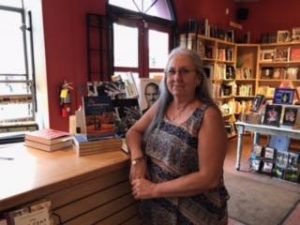 I met Carmen Baca in the Facebook group Fiction Writing. She’s friendly, helpful, and interesting. Because she quietly soaks up information online the way I do, we didn’t have much interaction for some time. However, she definitely has a presence that stands out, and when I read her short stories, I loved her unique writing style and culturally influenced tales. She believes all writers should support each other, and she shares how another writer encouraged and assisted her in her short story submissions. Sometimes you meet someone who makes you feel as though you’ve found a treasure. Carmen makes me feel that way, so I wanted to share her story and her work.
I met Carmen Baca in the Facebook group Fiction Writing. She’s friendly, helpful, and interesting. Because she quietly soaks up information online the way I do, we didn’t have much interaction for some time. However, she definitely has a presence that stands out, and when I read her short stories, I loved her unique writing style and culturally influenced tales. She believes all writers should support each other, and she shares how another writer encouraged and assisted her in her short story submissions. Sometimes you meet someone who makes you feel as though you’ve found a treasure. Carmen makes me feel that way, so I wanted to share her story and her work.
Tell me about your writing style.
“My daily routine (when I don’t have meetings or major chores planned) is to check my social media platforms to see if I need to respond to any commenters, which usually takes about an hour. Then I write for the next 4 to 6 hours and finish in time for cooking supper. I have a study all to myself, but I’ve taken over a breakfast nook in one corner of our dining room due to the many windows. I can take a break from looking at the keyboard and look up and out to see the very places I describe in my works. The towering pines, the morada across the fields of alfalfa and clover, the mountains where my father and his cousins played in my book and where I used to play with my own cousins are all visible from my little spot, which makes it easy to portray in my writing.
For some reason, I start my long m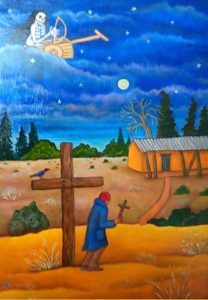 anuscripts in print, and when I’ve written sufficiently to have a couple of pages on my iPad, I revert to keyboarding since I can type (keyboard) so much faster than I write. My short pieces I do completely on my iPad before submission.”
anuscripts in print, and when I’ve written sufficiently to have a couple of pages on my iPad, I revert to keyboarding since I can type (keyboard) so much faster than I write. My short pieces I do completely on my iPad before submission.”
“El Hermano” Facebook page
Goodreads Author page
Amazon Author page
Hometown Reads “El Hermano” page
What strategies do you use if you’re stalled?
“This happened to me for the first time a few months after my debut novel released. In the three months after my launch, I had a book tour, so I spent the time promoting on social media, being interviewed for a magazine and a live radio show, and making myself available for dedications to libraries, that sort of thing. When that was behind me, I suffered a bit of inactivity, a lack of inspiration. I have another book already started, but I wasn’t sure if I wanted to proceed with that or work on a sequel when I realized my debut novel was turning out to be successful. One day a sudden inspiration arose from my book: I missed working on the initial story—the characters, the locations, etc. because they were my parents, the elders from my childhood, and the location, which is right where I live. So I started writing short stories based on them. Steven Carr, a member of Fiction Writing, is a prolific short story author, having produced and published over 100 this past year. I asked him about short story submissions and he provided a resource. I am having so much fun with my short stories, and I have published 7 in the last 4 months, thanks to Steven’s assistance. What I realized is that the majority of them are turning into a serial, as they’re all connected to one another and to my novel. I plan to publish them as a collection this year.”
“Behind the brotherhood: Author Carmen Baca on the Penitentes ” article by Casy Sanchez for Pasatiempo
Author interview by Henry Gonzales Raíces for KUNM radio
Author interview on Dr. Paul Reeves’ Family Talk Radio podcast
Describe incorporating your culture into your writing.
“It was a locked wooden box which inspired my first book. My father (like his own father and grandfather before him) was inducted into and rose to become leader of a fraternity of brothers whose goal was to provide religious services and community service to the remote village where they lived and where I live now. These men are known to this day as Los Hermanos de la Fraternidad de Nuestro Jesús Nazareno (the Brothers of the Fraternity of Our Jesus of Nazarene).Throughout my childhood, I was allowed to join my mother and the community women in acting as their helpmates; called Las Verónicas, we cleaned and prepared the church and their prayer house for their ceremonies, especially during the Lenten season.
 After my father passed, we cleaned out the morada, the prayer house, and since I was the only one living in our little valley, the community members (all way older than I at the time) elected me to house the religious artifacts left behind from the brotherhood, as all the brothers had passed by that time. There was a wooden box I remembered had been in the morada throughout my childhood, but since it was always locked I never knew what was inside. One element of los Hermanos’ practices, which is sensationalized in the websites and in other literary works, is their devotion to Christ, which includes self-flagellation. My father never once disclosed whether he did this or not, and my only clue that he did was once when I was with him at a doctor visit. When the doctor exclaimed, “What happened to your back,” I knew.
After my father passed, we cleaned out the morada, the prayer house, and since I was the only one living in our little valley, the community members (all way older than I at the time) elected me to house the religious artifacts left behind from the brotherhood, as all the brothers had passed by that time. There was a wooden box I remembered had been in the morada throughout my childhood, but since it was always locked I never knew what was inside. One element of los Hermanos’ practices, which is sensationalized in the websites and in other literary works, is their devotion to Christ, which includes self-flagellation. My father never once disclosed whether he did this or not, and my only clue that he did was once when I was with him at a doctor visit. When the doctor exclaimed, “What happened to your back,” I knew.
So when we opened that box and I saw the handmade horsehair scourges, pieces of glass, and small bits of gravel, the blood-stained trousers, and the biggest confirmation of it all—their rulebook, which guided their membership all the way back to 1850, I knew that my father and those before him were the most devout men I would ever meet in my life. Their very existence and their humility and their piousness was something I wanted to share with the world. I had to tell my father’s story to dispel those other sources which focus on their self-harm instead of their altruism. My book was born of my father’s death.
Now my stories and future books will have the ability to educate, to inform, and to entertain those who know nothing about the New Mexico Hispanic culture which can be traced back to the 1300s. They will keep our cultural traditions, customs, superstitions, etc., alive for generations who will never have the opportunity to experience how wonderful it was to grow up among Los Hermanos in the 1920s to the 1980s.”
Carmen Baca website
Purchase “El Hermano” at Amazon here!
How does writing influence your life?
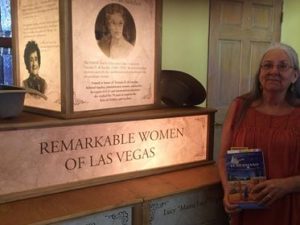 “Now that I’ve got my novel and several short pieces published, writing has given me a purpose, a new career as a story teller in my twilight years. All those decades I spent teaching the classics—short stories, poetry, novels, etc., by my own favorite authors—I am free to create my own literary works which other teachers can use in their own classes. That floors me! To know that my own literature will be taught in English, Spanish, Chicano Studies, and history courses in the same way I used to teach literature just amazes me.
“Now that I’ve got my novel and several short pieces published, writing has given me a purpose, a new career as a story teller in my twilight years. All those decades I spent teaching the classics—short stories, poetry, novels, etc., by my own favorite authors—I am free to create my own literary works which other teachers can use in their own classes. That floors me! To know that my own literature will be taught in English, Spanish, Chicano Studies, and history courses in the same way I used to teach literature just amazes me.
My husband, sons, and many cousins are all thrilled for me. My husband and sons especially know what this means to me—that a manuscript I wrote 25 years ago is now a book and has made my lifelong dream come true. When I received the proofs in the mail and opened that package to reveal my book, my very own book, in my hands was the best feeling I’ve had in a long time. I burst into tears and made my husband blink away tears of his own. One of my sons followed in my footsteps and became a teacher; every teacher and student at his school knows every step of my publishing journey because of him, and I’m pretty sure most either received my book from him or bought their own. My other son, a computer whiz, manages my website, takes me to my readings and videotapes/photographs everything, and prints everything I need for such events. My husband, who works part time, leaves me to my writing for most of the day. Every time there’s a new news article or a short story gone live, they’re all just as giddy as I.
I have no siblings, my parents’ siblings are all gone, so all I have left of extended family are a multitude of cousins. Yes, several have contacted me out of the blue, since we either never met or met as children so long ago. But get this—one cousin is the coordinator for a national book club, so she immediately began promoting my book months before its release and has a place ready for me to go speak to her club in Denver whenever I wish. Another actually came from Denver to my book launch, and she also began promoting my book, since she works for a university up there.
My former colleagues, many of whom are my dearest and oldest friends, and my former students are some of my biggest fans. When I created my Facebook author page and invited everyone, I started with 290. Over the course of last year, my following grew to nearly 600 as more colleagues and students realized what I’d done and began supporting me as an author. I imagine at least half of my books are in the hands of former students, friends, and relatives, most of whom follow my page and read my short works. At least several hundred of these wonderful people knew I’d written a book, so when I finally published it, they were among the first to pre-order a copy directly from me. At first, I feared they might not like it, they might find it boring, they might throw it down without reading to the end; so when great reviews and comments on my page started appearing, I cried like a baby again. To think that I was capable of touching them so profoundly that they laughed and cried and remembered their own ancestors, or in some cases remembered elements of their own pasts they’d forgotten was something I didn’t know I’d accomplished until they told me. Now that’s the part of this publishing journey which always amazes me: the words my own readers use to convey to me how my book made them feel is both indescribable and still unbelievable.”
Tell me about your literary support system.
“I enjoy helping others in the writing groups I found after I published. My only regret is I wish I’d found them before I published, since so many are more experienced than I and offer great advice. I also have a blog where I post chapters of my WIPs for feedback, but unfortunately, not many people see them, which is why I began making them into short stories and publishing some in online literary magazines and two women’s blogs thus far.
I don’t use beta readers; my son, the one who manages my website and assists when I do readings, is my only proofreader. I sometimes run ideas through him, and he’s always got great advice to help move my plots along. He’s my only critique partner.”
You write articles, essays, novels, and short stories. Talk about this diversity in your work.
“When a prolific short story author began communicating with me and offered a few places where I could try my own hand at publishing my shorter pieces, I jumped at the opportunity to get my name out there even more, to establish more publishing credentials, and most importantly, to get my works read by others. Now, remember, I wrote my debut novel twenty-five years ago, and I hadn’t written anything of substance (other than literary analytical essays I used to write when I assigned them to my students) since. So when I decided to write short stories, which quickly became a serial, I tried my hand at third person omniscient. And I loved it! All the short stories, which are either based on folk tales or traditions/customs/superstitions from my culture, are written in that point of view. Part of my impetus for writing my stories is because so many of our traditions are dying out; I want to keep them alive, even if only in literature.
The non-fiction pieces I’ve written are essays based on my teaching experiences and how I learned to communicate effectively with adolescents. They’re written kind of like my short stories, since they’re comprised of anecdotes I put together. For example, my first essay called “Word Play” is based on several instances where puns and innuendos create embarrassing, humorous, awkward, and memorable moments. How we adults choose to deal with them affects the teacher/student relationships.
One other non-fiction essay highlights how I used my culture in creating the romance in my first novel.
There are three more on one of my blogs which I’m determined to rewrite and publish in a writer-type of resource, such as “Authors Talk About It” or others which accept manuscripts on the writing, publishing, or marketing process.”
“Word Play” essay in Prodigal’s Chair
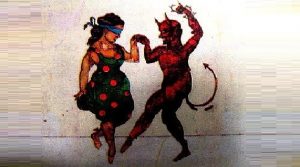 “Baile de Diablo” story in Across the Margin
“Baile de Diablo” story in Across the Margin
“Using Nuestra Cultura in Romance” essay as guest blogger on tartsweet.com
“El Serpiente del Cañón” story in LatinoLA
“La Lunática” story in Across the Margin
“Learning to Let Go” essay in The Same
“The Christmas Story” on Wattpad
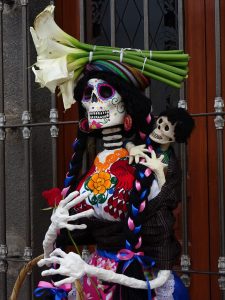 “La Muerte” story in Boned
“La Muerte” story in Boned
The more I connect with Carmen, the more fascinated I am by her story, which is so different from my own. She is authentic and grounded in her culture. Follow her progress on her Goodreads Author page, “El Hermano” Facebook page, Amazon Author page, and Carmen Baca website.
Purchase “El Hermano” at Amazon here! Look for her collection of stories coming soon!
 I met David through Storyteller Magazine, for which he was Editor and I was a mere peon volunteer curator, both of us contributors of short stories. David’s tales live in the darkness—we won’t ask where David lives (his website says Cincinnati; seems dubious)…..
I met David through Storyteller Magazine, for which he was Editor and I was a mere peon volunteer curator, both of us contributors of short stories. David’s tales live in the darkness—we won’t ask where David lives (his website says Cincinnati; seems dubious)…..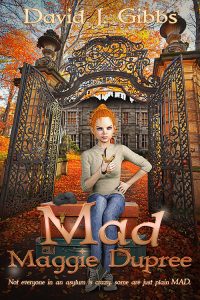



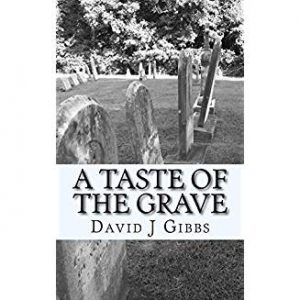
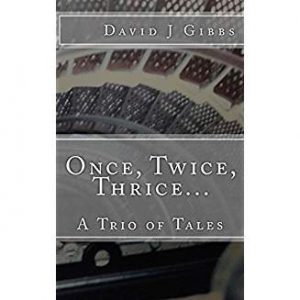
 My family and friends have been incredibly supportive of my writing. But I have to say one of the most rewarding parts of being a writer and an editor is the community of friends and colleagues I’ve met along the way. I talk daily with my writing group, made up of fellow writers from the ashes of Storyteller Magazine. I also talk with quite a few writers on Twitter as well. It’s always great to share experiences with other writers and editors.
My family and friends have been incredibly supportive of my writing. But I have to say one of the most rewarding parts of being a writer and an editor is the community of friends and colleagues I’ve met along the way. I talk daily with my writing group, made up of fellow writers from the ashes of Storyteller Magazine. I also talk with quite a few writers on Twitter as well. It’s always great to share experiences with other writers and editors.









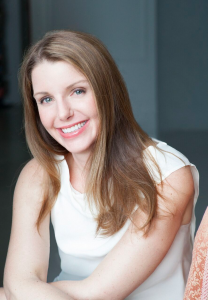
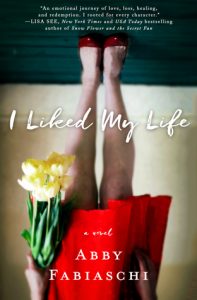
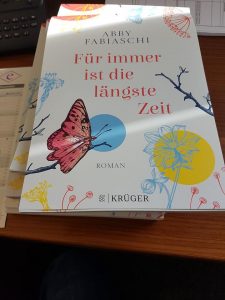

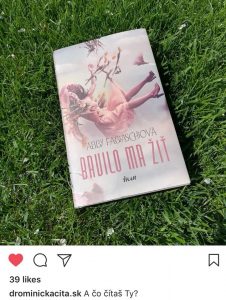

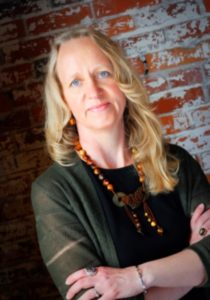 I
I follow
follow 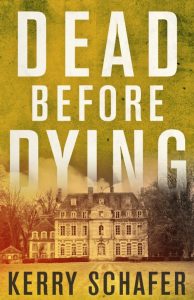
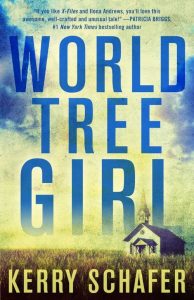
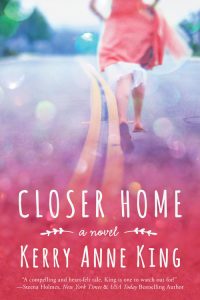
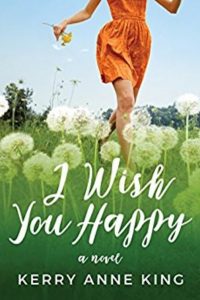 s Kerry Schafer I write fantasy and paranormal thrillers. As Kerry Anne King I write contemporary family dramas (although the book I’m writing now does have a touch of magical realism that makes my fantasy-loving-heart happy). Keeping track is fairly straight forward—Kerry leans to the dark side; Kerry Anne leans toward relationships and emotions.
s Kerry Schafer I write fantasy and paranormal thrillers. As Kerry Anne King I write contemporary family dramas (although the book I’m writing now does have a touch of magical realism that makes my fantasy-loving-heart happy). Keeping track is fairly straight forward—Kerry leans to the dark side; Kerry Anne leans toward relationships and emotions.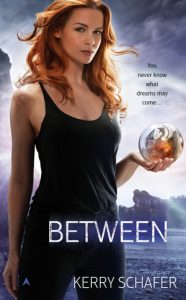
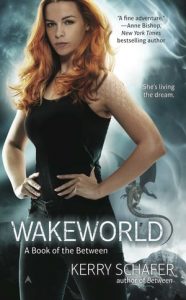
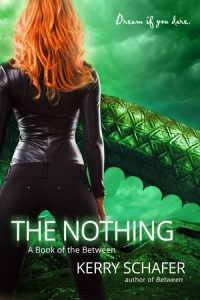

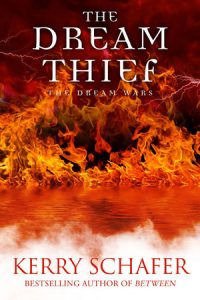
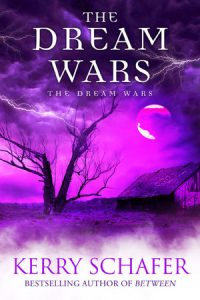
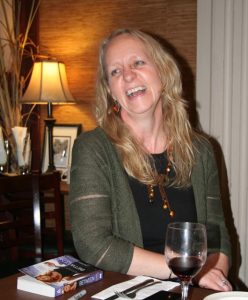

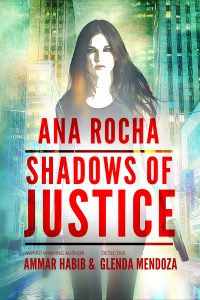
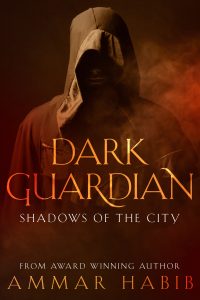
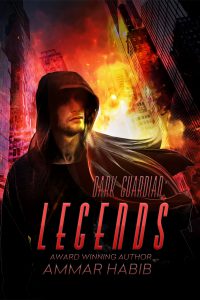
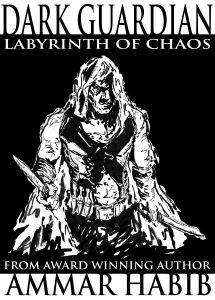
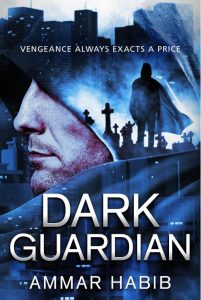
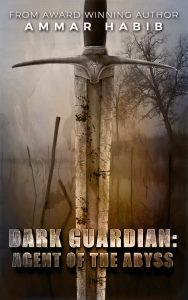
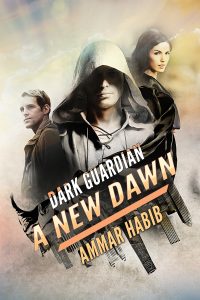
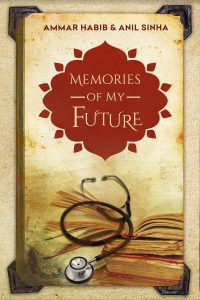 Memories of My Future is definitely one of my personal favorites. It takes place in three time periods: 13th century India, 19th century India, and present day New York City. The project began when I got a phone call from Dr. Sinha, whom I somewhat knew beforehand, in September 2014. He had the seeds of an idea that he wanted to write a book about, which was very similar to something that I was wanting to write about, which is why we decided to partner together. The reason Dr. Sinha reached out to me was because he had just read my debut novel, Dark Guardian, and had really loved it.
Memories of My Future is definitely one of my personal favorites. It takes place in three time periods: 13th century India, 19th century India, and present day New York City. The project began when I got a phone call from Dr. Sinha, whom I somewhat knew beforehand, in September 2014. He had the seeds of an idea that he wanted to write a book about, which was very similar to something that I was wanting to write about, which is why we decided to partner together. The reason Dr. Sinha reached out to me was because he had just read my debut novel, Dark Guardian, and had really loved it.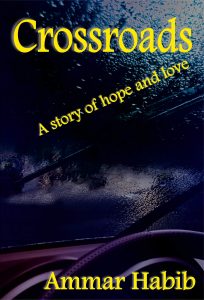 Ammar Habib
Ammar Habib
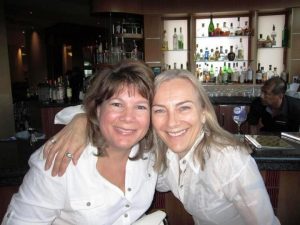
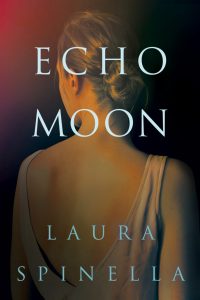

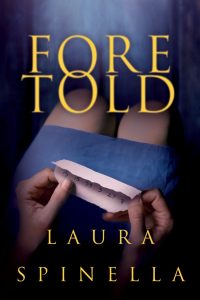


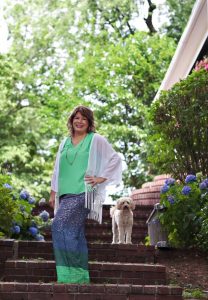

 I met Carmen Baca in the Facebook group
I met Carmen Baca in the Facebook group  anuscripts in print, and when I’ve written sufficiently to have a couple of pages on my iPad, I revert to keyboarding since I can type (keyboard) so much faster than I write. My short pieces I do completely on my iPad before submission.”
anuscripts in print, and when I’ve written sufficiently to have a couple of pages on my iPad, I revert to keyboarding since I can type (keyboard) so much faster than I write. My short pieces I do completely on my iPad before submission.” After my father passed, we cleaned out the morada, the prayer house, and since I was the only one living in our little valley, the community members (all way older than I at the time) elected me to house the religious artifacts left behind from the brotherhood, as all the brothers had passed by that time. There was a wooden box I remembered had been in the morada throughout my childhood, but since it was always locked I never knew what was inside. One element of los Hermanos’ practices, which is sensationalized in the websites and in other literary works, is their devotion to Christ, which includes self-flagellation. My father never once disclosed whether he did this or not, and my only clue that he did was once when I was with him at a doctor visit. When the doctor exclaimed, “What happened to your back,” I knew.
After my father passed, we cleaned out the morada, the prayer house, and since I was the only one living in our little valley, the community members (all way older than I at the time) elected me to house the religious artifacts left behind from the brotherhood, as all the brothers had passed by that time. There was a wooden box I remembered had been in the morada throughout my childhood, but since it was always locked I never knew what was inside. One element of los Hermanos’ practices, which is sensationalized in the websites and in other literary works, is their devotion to Christ, which includes self-flagellation. My father never once disclosed whether he did this or not, and my only clue that he did was once when I was with him at a doctor visit. When the doctor exclaimed, “What happened to your back,” I knew. “Now that I’ve got my novel and several short pieces published, writing has given me a purpose, a new career as a story teller in my twilight years. All those decades I spent teaching the classics—short stories, poetry, novels, etc., by my own favorite authors—I am free to create my own literary works which other teachers can use in their own classes. That floors me! To know that my own literature will be taught in English, Spanish, Chicano Studies, and history courses in the same way I used to teach literature just amazes me.
“Now that I’ve got my novel and several short pieces published, writing has given me a purpose, a new career as a story teller in my twilight years. All those decades I spent teaching the classics—short stories, poetry, novels, etc., by my own favorite authors—I am free to create my own literary works which other teachers can use in their own classes. That floors me! To know that my own literature will be taught in English, Spanish, Chicano Studies, and history courses in the same way I used to teach literature just amazes me.

